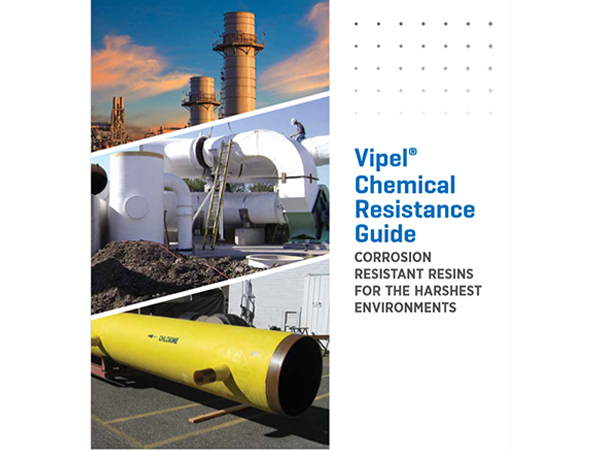
-
 Afrikaans
Afrikaans -
 Albanian
Albanian -
 Amharic
Amharic -
 Arabic
Arabic -
 Armenian
Armenian -
 Azerbaijani
Azerbaijani -
 Basque
Basque -
 Belarusian
Belarusian -
 Bengali
Bengali -
 Bosnian
Bosnian -
 Bulgarian
Bulgarian -
 Catalan
Catalan -
 Cebuano
Cebuano -
 China
China -
 China (Taiwan)
China (Taiwan) -
 Corsican
Corsican -
 Croatian
Croatian -
 Czech
Czech -
 Danish
Danish -
 Dutch
Dutch -
 English
English -
 Esperanto
Esperanto -
 Estonian
Estonian -
 Finnish
Finnish -
 French
French -
 Frisian
Frisian -
 Galician
Galician -
 Georgian
Georgian -
 German
German -
 Greek
Greek -
 Gujarati
Gujarati -
 Haitian Creole
Haitian Creole -
 hausa
hausa -
 hawaiian
hawaiian -
 Hebrew
Hebrew -
 Hindi
Hindi -
 Miao
Miao -
 Hungarian
Hungarian -
 Icelandic
Icelandic -
 igbo
igbo -
 Indonesian
Indonesian -
 irish
irish -
 Italian
Italian -
 Japanese
Japanese -
 Javanese
Javanese -
 Kannada
Kannada -
 kazakh
kazakh -
 Khmer
Khmer -
 Rwandese
Rwandese -
 Korean
Korean -
 Kurdish
Kurdish -
 Kyrgyz
Kyrgyz -
 Lao
Lao -
 Latin
Latin -
 Latvian
Latvian -
 Lithuanian
Lithuanian -
 Luxembourgish
Luxembourgish -
 Macedonian
Macedonian -
 Malgashi
Malgashi -
 Malay
Malay -
 Malayalam
Malayalam -
 Maltese
Maltese -
 Maori
Maori -
 Marathi
Marathi -
 Mongolian
Mongolian -
 Myanmar
Myanmar -
 Nepali
Nepali -
 Norwegian
Norwegian -
 Norwegian
Norwegian -
 Occitan
Occitan -
 Pashto
Pashto -
 Persian
Persian -
 Polish
Polish -
 Portuguese
Portuguese -
 Punjabi
Punjabi -
 Romanian
Romanian -
 Russian
Russian -
 Samoan
Samoan -
 Scottish Gaelic
Scottish Gaelic -
 Serbian
Serbian -
 Sesotho
Sesotho -
 Shona
Shona -
 Sindhi
Sindhi -
 Sinhala
Sinhala -
 Slovak
Slovak -
 Slovenian
Slovenian -
 Somali
Somali -
 Spanish
Spanish -
 Sundanese
Sundanese -
 Swahili
Swahili -
 Swedish
Swedish -
 Tagalog
Tagalog -
 Tajik
Tajik -
 Tamil
Tamil -
 Tatar
Tatar -
 Telugu
Telugu -
 Thai
Thai -
 Turkish
Turkish -
 Turkmen
Turkmen -
 Ukrainian
Ukrainian -
 Urdu
Urdu -
 Uighur
Uighur -
 Uzbek
Uzbek -
 Vietnamese
Vietnamese -
 Welsh
Welsh -
 Bantu
Bantu -
 Yiddish
Yiddish -
 Yoruba
Yoruba -
 Zulu
Zulu
grp winding machine
GRP Winding Machines Revolutionizing Composite Manufacturing
In recent years, the manufacturing industry has experienced a significant shift towards the use of composite materials, particularly in sectors like aerospace, automotive, and construction. One of the most effective technologies that have emerged in this space is the Glass Reinforced Plastic (GRP) winding machine. These machines are designed to create highly durable and lightweight composite structures, offering a range of benefits over traditional materials. This article explores the mechanics, advantages, and applications of GRP winding machines, illustrating their role in modern manufacturing.
Understanding GRP Winding Machines
GRP winding machines employ a process known as filament winding, which involves the automated application of resin-impregnated glass fibers onto a rotating mandrel. The mandrel serves as a mold for the composite, and as it rotates, the machine meticulously lays down the fibers in a precise orientation, often in layers, to build up the desired thickness and strength of the part. Key components of these machines include the resin system, the glass fiber supply, and the mandrel drive system, all meticulously coordinated to ensure optimal performance.
One of the primary advantages of GRP winding machines is their ability to produce complex geometries and customized shapes. This flexibility allows for the design of components that cannot be achieved using conventional manufacturing methods, making GRP an attractive option for engineers and designers.
Advantages of GRP Technology
1. Lightweight and Strong The combination of glass fibers and resin creates a composite that is significantly lighter than steel or aluminum while still offering comparable strength and stiffness. This property is particularly advantageous in the aerospace and automotive industries, where reducing weight can lead to increased fuel efficiency and performance.
2. Corrosion Resistance GRP materials are inherently resistant to corrosion, making them ideal for applications in harsh environments. This durability extends the lifespan of products, leading to lower maintenance costs and improved reliability.
grp winding machine

3. Cost-Effective Production Although the initial investment in GRP winding machines may be higher than for traditional manufacturing equipment, the long-term savings in material consumption, labor, and energy often outweigh these costs. Furthermore, automated processes reduce human error and increase production rates.
4. Thermal Insulation The thermal properties of GRP make it suitable for applications requiring insulation, such as pipelines in water treatment and chemical processing industries, where maintaining temperature is critical.
5. Customizable Properties By varying the type and orientation of glass fibers, manufacturers can tailor the mechanical properties of the final product to meet specific performance requirements. This level of customization is a significant advantage in industries with demanding specifications.
Applications Across Industries
The versatility of GRP winding machines has led to their adoption across a wide array of industries. In the aerospace sector, they are used to produce lightweight structures, including wing components and fuselage sections. In automotive manufacturing, GRP is increasingly utilized for fuel tanks, body panels, and functional components, reducing vehicle weight while maintaining safety standards.
In the construction industry, GRP products like pipes and tanks are preferred for their longevity and resistance to the elements. Moreover, the wind energy sector benefits from GRP winding machines in the manufacture of turbine blades, which require a combination of strength, lightness, and aerodynamic efficiency.
Conclusion
As the demand for advanced materials continues to grow, GRP winding machines stand out as a pivotal technology in composite manufacturing. By marrying strength, lightweight properties, and corrosion resistance with cost-effective production methods, these machines allow industries to innovate and meet the rigorous demands of modern engineering. As technology evolves and becomes more accessible, we can expect to see further advancements in GRP applications, potentially transforming how products are designed and manufactured across various sectors. In this rapidly changing landscape, GRP winding machines are not just tools; they are gateways to new possibilities in material science and engineering.









